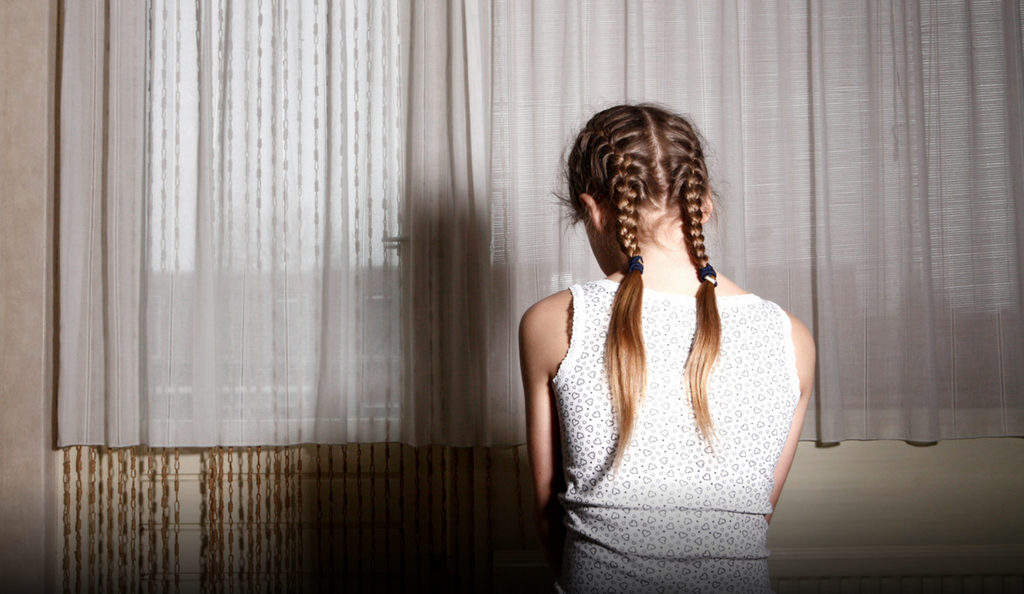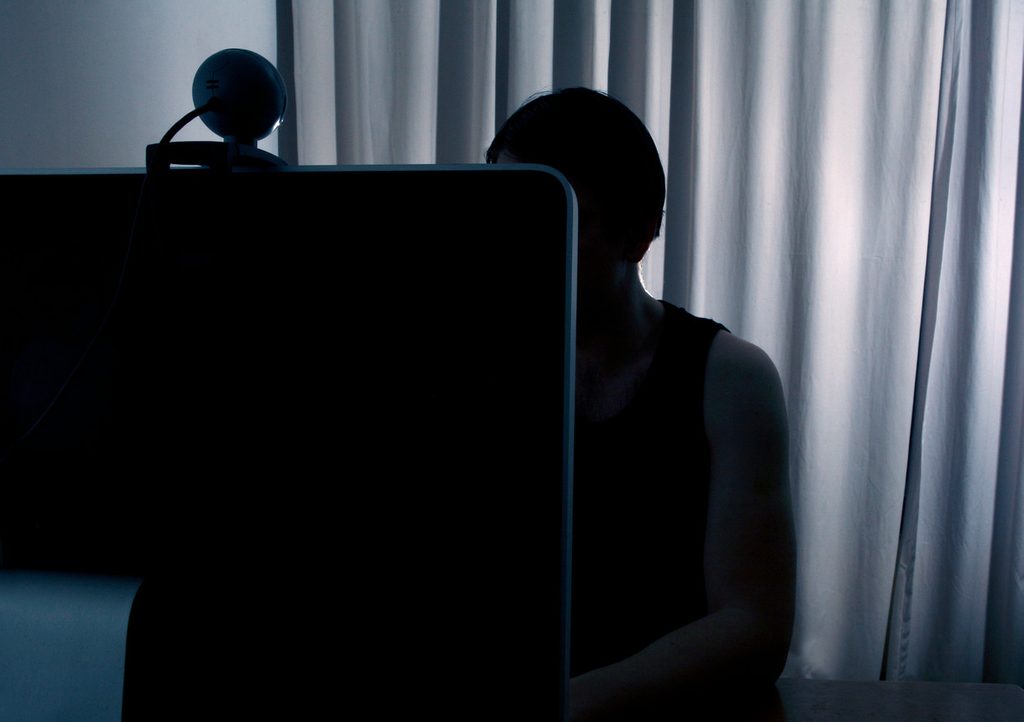The number of images and videos showing child sexual abuse hosted on servers in the European Union has increased by 26% compared to the same period last year, new data published by the Internet Watch Foundation (IWF) published on Thursday shows.
Between 1 January and 25 August, the IWF identified 101,988 webpages (compared to 80,977 in the same period last year) containing child last year) sexual abuse material hosted on servers in EU countries. Each webpage may contain thousands of images or videos of children being abused.
"If these were warehouses full of drugs, or weapons, there would be instant action to rid countries of these ruthless criminal gangs," said Susie Hargreaves OBE, Chief Executive of the IWF. "It should be no different with child sexual abuse material."
"Criminals are looking to where they can store their evil and exploitative imagery, and they see the EU as a safe haven. The situation risks spiralling out of control," she said.
'Category A' material
The IWF is Europe’s biggest hotline dedicated to the detection and prevention of the spread of child sexual abuse imagery on the internet, and is also the only non-law enforcement group in Europe with the power to proactively seek this material out.
Its data also shows that the most extreme kinds of child sexual abuse – which can include rape, bestiality, sadism and sexual torture (known in the UK as 'Category A' material) – being hosted in the EU has risen 54% compared to 2022.
Of all the webpages the IWF discovered so far this year, 21,651 contained this kind of 'Category A' material (compared to 14,094 last year) – depicting the most, extreme forms of child sexual abuse.

Credit: Pexels
"These gangsters are turning the continent into a toxic warehouse for this dangerous criminal content. The EU must now pass vital legislation to prevent the spread of child sexual abuse material," Hargreaves said. "Failing to do so will only ensure the situation continues to worsen, and will send a clear message to criminals and abusers that the EU is a safe place for them to operate. This must not be allowed to happen."
The IWF is now calling on EU lawmakers to "get a grip" on the worsening situation, and support legislation to tackle the spread of online child sexual abuse material on servers hosted in its Member States. The EU "regularly" tops the foundation's list of the worst places for the hosting of this material.
The Netherlands, in particular, has become known for hosting criminal imagery. So far in 2023, the IWF has confirmed 75,251 webpages hosted in the Netherlands harbour child sexual abuse imagery, a 107% increase on the 36,323 webpages identified in the same period in 2022.
Related News
- Swipe with caution: 'Belgian Tinder' infested with sexual predators
- Popular Belgian radio host resigns following paedophilia allegations
- New leads in Belgian child abuse cases through US collaboration
Even countries which have not historically had issues with criminal hosting of imagery, such as Germany or Estonia, are now finding themselves facing worsening situations, the IWF warned.
Germany has seen a 150% increase in hosting of child sexual abuse material (9,862 URLs detected in 2023 compared to 3,944 last year) and Estonia even recorded a 4,000% increase – with 164 webpages being traced to the country compared with only four during the same period in 2022.
"Countries need to know that all it takes is a couple of bad image hosts to wash up on their shores. That is all they need to take root – and soon they will be the destination of choice," Hargreaves added. "There is no room for complacency. We must stamp this out now and send a strong message."
People who come across images and videos of child sexual abuse are urged to report them to the IWF to be removed via this website. Reports to the IWF are anonymous.
The full report can be found on the IWF's website.

